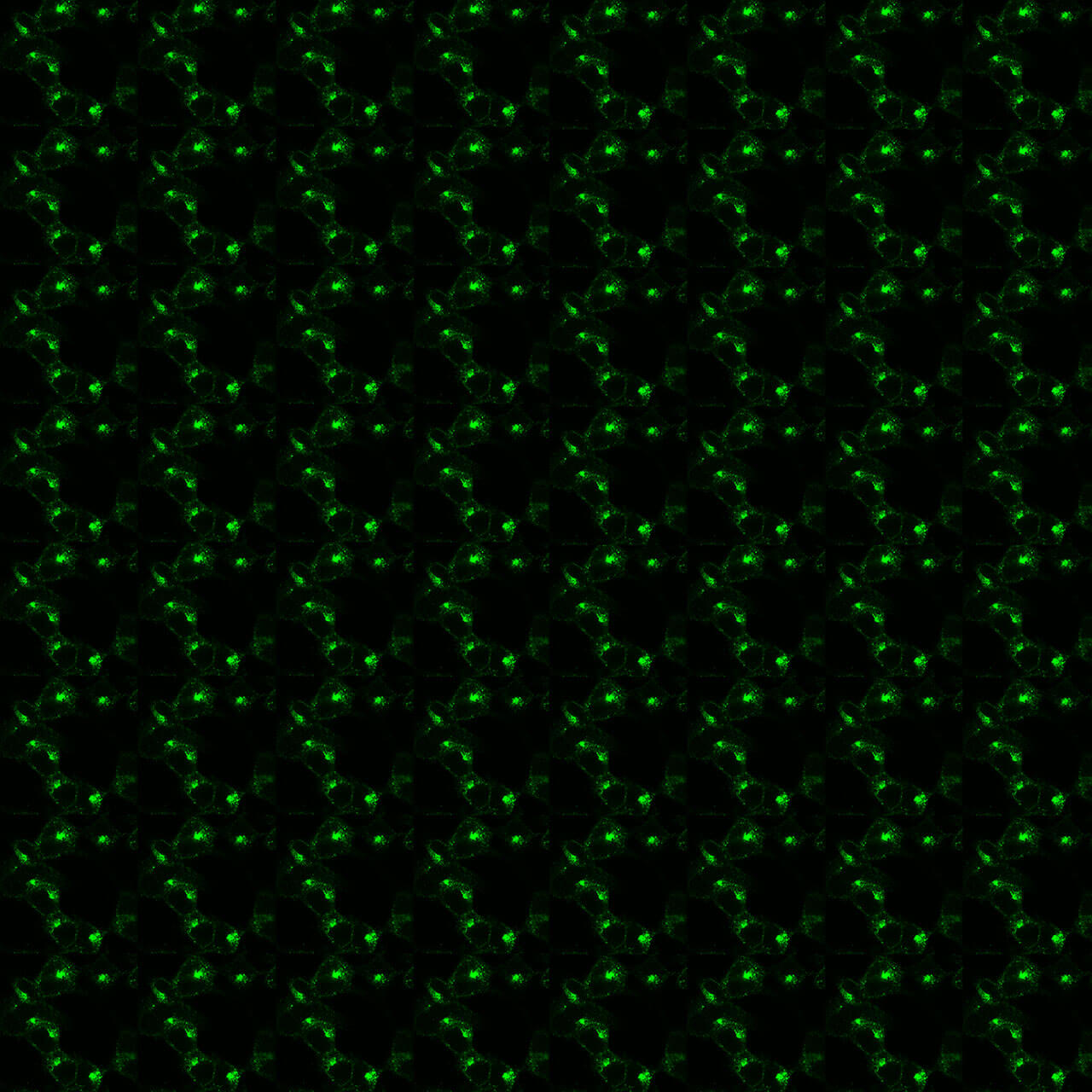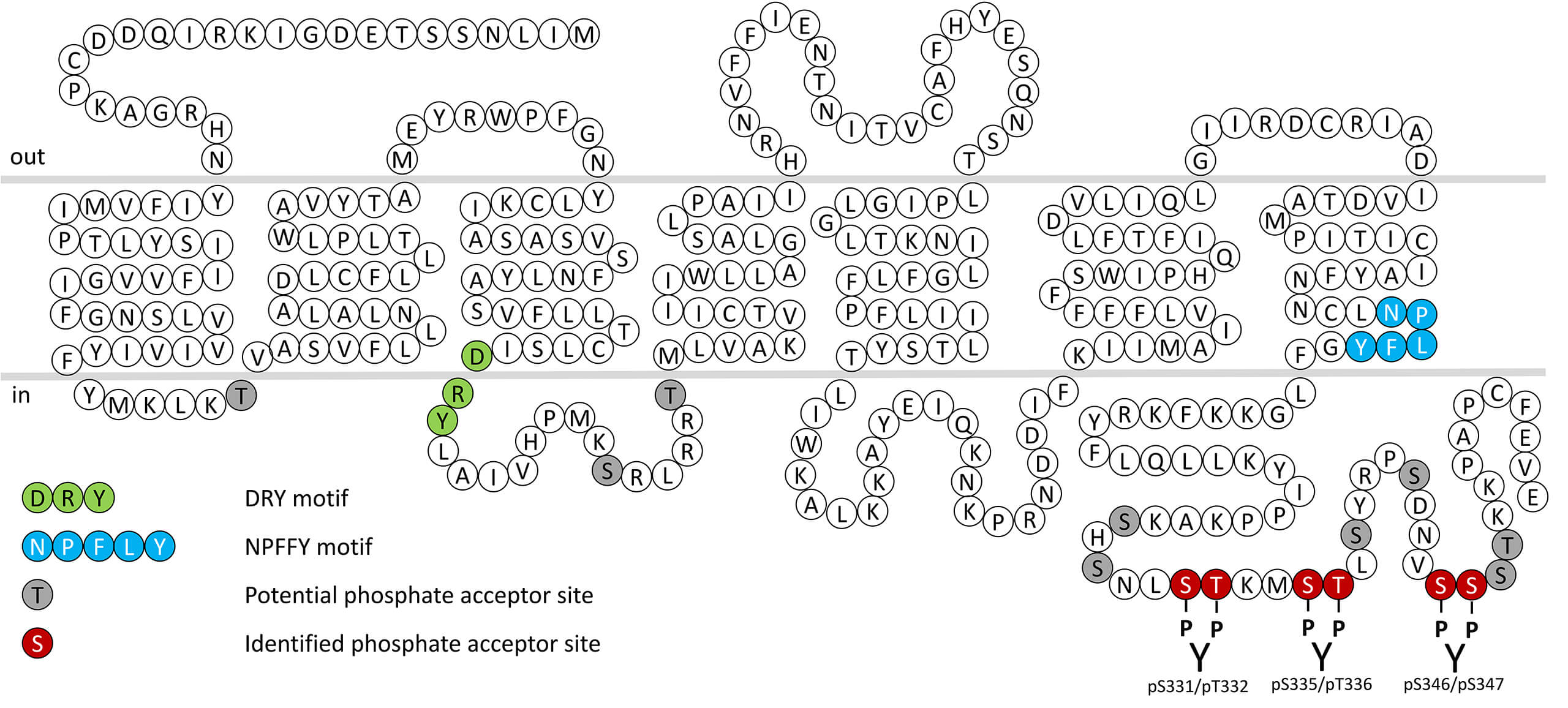No results were found for the filter!
NEW
 pS331/pT332-AT1 (phospho-Angiotensin Receptor 1...
pS331/pT332-AT1 (phospho-Angiotensin Receptor 1... Serine331/Threonine332 (S331/T332) is major phosphorylation site of the Angiotensin Receptor 1 (AT1). The pS331/pT332-AT1 antibody detects phosphorylation in response to agonists. S331/T332 phosphorylation is likely to be involved in...
$ 375.00 *
NEW
 pS335/pT336-AT1 (phospho-Angiotensin Receptor 1...
pS335/pT336-AT1 (phospho-Angiotensin Receptor 1... Serine335/Threonine336 (S335/T336) is major phosphorylation site of the Angiotensin Receptor 1 (AT1). The pS335/pT336-AT1 antibody detects phosphorylation in response to agonists. S335/T336 phosphorylation is likely to be involved in...
$ 375.00 *
NEW
 pS346/pS347-AT1 (phospho-Angiotensin Receptor 1...
pS346/pS347-AT1 (phospho-Angiotensin Receptor 1... Serine346/Serine347 (S346/S347) is major phosphorylation site of the Angiotensin Receptor 1 (AT1). The pS346/pS347-AT1 antibody detects phosphorylation in response to agonists. S346/S347 phosphorylation is likely to be involved in...
$ 375.00 *
SAMPLE PACK
 AT1 Sample Pack (phospho- and...
AT1 Sample Pack (phospho- and... AT1 Sample Pack consisting of all four available phospho- and non-phospho-AT1 Antibodies 4 x 20 µL trial size each. Specifically, this sample pack contains the following antibodies pS331/pT332-AT1 (7TM0034A), pS335/pT336-AT1 (7TM0034B),...
$ 300.00 *
NEW
 AT1 (non-phospho-Angiotensin Receptor 1 Antibody)
AT1 (non-phospho-Angiotensin Receptor 1 Antibody) The non-phospho-AT1 receptor antibody is directed against the distal part of the carboxyl-terminal tail of human Angiotensin Receptor 1 (AT1). It can be used to detect total AT1 receptors in Western blots independent of phosphorylation....
$ 300.00 *
Recently viewed


